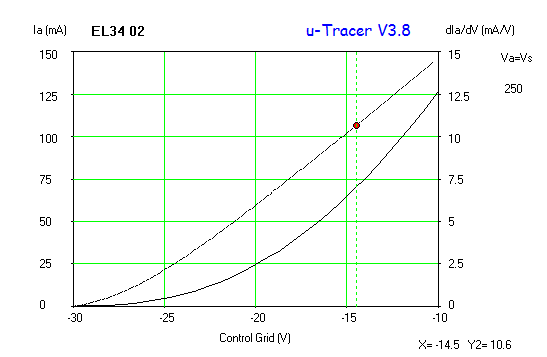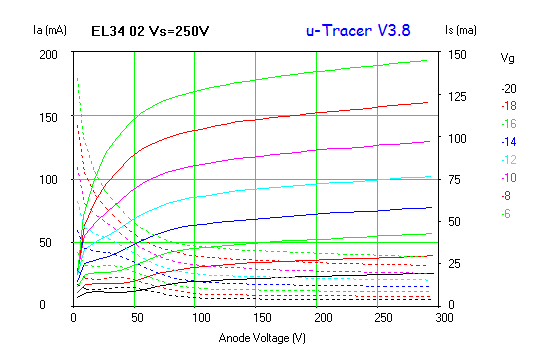 I normally will write about the sound of Coltrane’s music in a sweet class A amplifier, but not this time. Of course I was listening to trane’s music in my 4-65a SE amplifier when I got tele-transported back in time. The 4-65a SE output valves are really setled in and the amp is playing at its glorious sonority capability. I’m afraid of touching it as it sounds good.
I normally will write about the sound of Coltrane’s music in a sweet class A amplifier, but not this time. Of course I was listening to trane’s music in my 4-65a SE amplifier when I got tele-transported back in time. The 4-65a SE output valves are really setled in and the amp is playing at its glorious sonority capability. I’m afraid of touching it as it sounds good.
Anyway, if you haven’t listened “A love Supreme” by Coltrane, then you’re definitely missing a master piece of the jazz music. In fact, I recall playing this record back in the early 90s to a friend who was very fond of 60s rock and some of the 90s electronic music. The monocorde progression of trane’s scales with Elvin Jones and the rest of the Quartet creating the most incredible mood is magnetic, or hypnotic. I’m not looking to review one of the greatest records of all. Simply, Psalm (Part 4) is one of those tunes that gives me goose bumps. Every time I play it, is unique and that is the lovely thing about music. When I played music before, I was really into bebop but then discovered how beautiful was to express with fewer notes and slowly. Is like when I draw cartoons. You can express a lot with fewer traces and just plain indian ink. But a very small number of people have mastered the art of reflecting the most incredible things and experiences through fewer notes.
That Quartet was unique and I’m sure they were in trance when they played Psalm. They were taken to another dimension. We can enjoy their music still, but only God knows what they felt as part of that collective experience.
Anyhow, I’m still sitting here with my Single Malt in one hand and just decided that these lines were enough (hopefully) to reflect what I experience every time I listen to this record.
Cheers
Ale
















